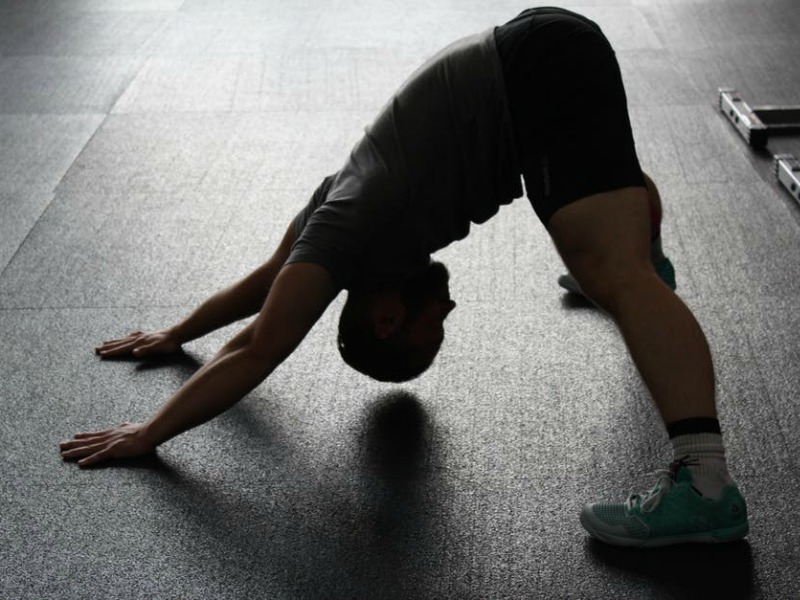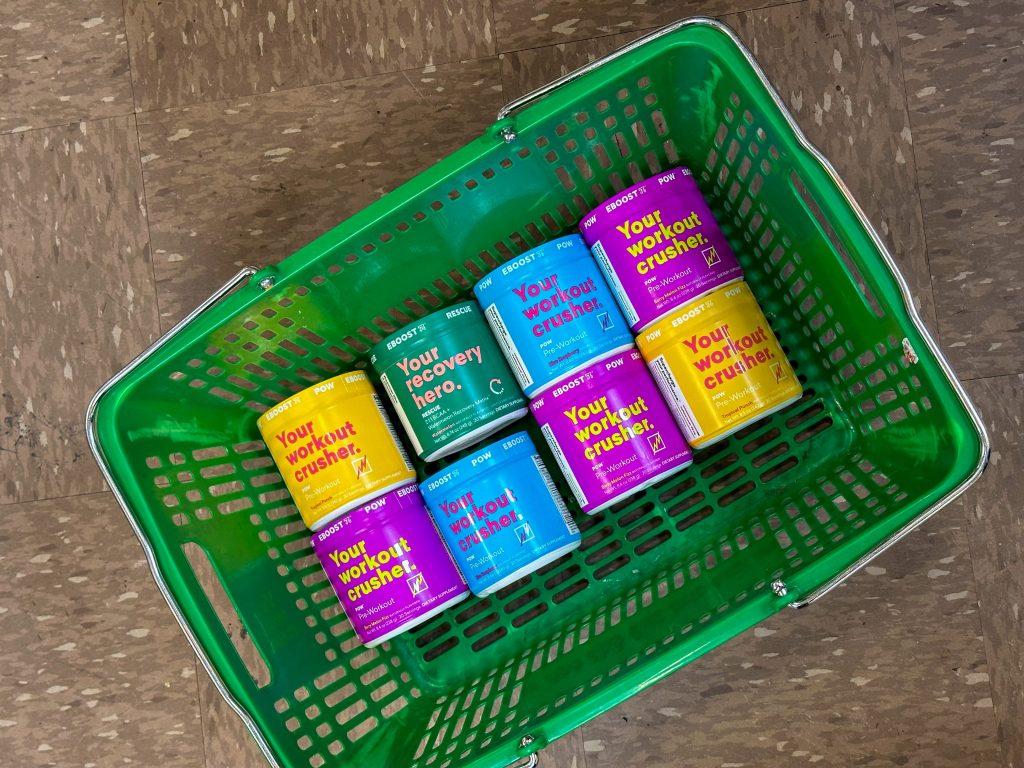There is a lot of talk about how important recovery and rest days are, but how long do you actually recover? I think most of us plan for a day or two for rest, but what if you were told that you should take a month off for recovery?
The Navy SEALS, a group made of some of the fittest people on Earth, don’t really take recovery days–sometimes it is days, weeks or a month. Their training is so high in physical demand that each day doesn’t look like the one before and recovery is worked into their training. They don’t plan Sundays and Wednesdays as their rest days, rest means something completely different to them and is always changing.
The same idea is the same for them when it comes to the importance of rest for recovery. We all may not be Navy SEALs but the importance of rest and recovery is just the same.
A couple pointers we can learn from the Navy SEALs are a couple ways in which they do recover-
Pilates
Because of the flexibility, strength, and balance involved in Pilates, a number of Navy SEALs turn to Pilates as a way to recover and get stronger. Making sure that your fitness routine is well-rounded is extremely important for your bodies ability to operate and peak ability and prevent injury. A body that is very strong but NOT flexible doesn’t function well at all. Pilates is a great workout to add to your workout routine.
Passive Recovery
The options are kind of endless when it comes to this type of recovery, as more and more of the industry is understanding and really preaching the importance of self-care. Utilizing passive recovery can be done through different techniques: Cryotherapy, Cold Laser Therapy, Float Tanks, different breathing techniques, infrared sauna, mindfulness and visualization, massage, and low-intensity endurance work.
What is your favorite passive recovery technique?






